Countries in the Middle East and North Africa (MENA) are in the midst of a massive construction boom, with whole new cities—not just new buildings —taking shape across the region.
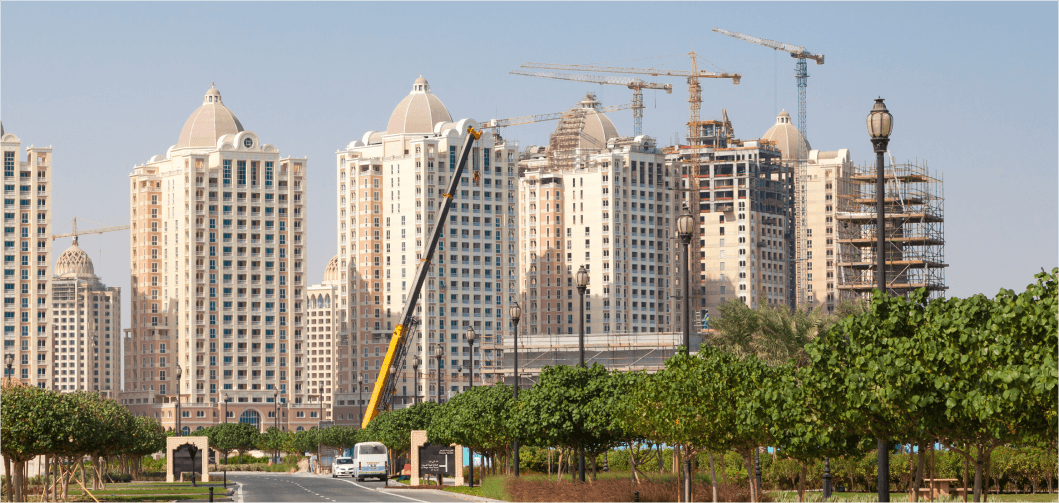
Across the MENA region, primarily in Gulf Cooperation Council (GCC) countries, plans are coming together to invest US$2 trillion in construction projects by 2035.
At a time when governments across the Middle East have made ambitious commitments to reduce emissions and develop more sustainable sources of energy, the construction boom thus offers an extraordinary opportunity for the region to become a pioneer in the development and use of sustainable technologies and techniques for the built environment.
Driving innovation in this space could significantly contribute to the region’s efforts to reach net-zero emissions of greenhouse gases (GHGs): We estimate that the reduction in life-cycle emissions for urban development could contribute more than half of the total emissions reduction efforts required.
Download the reportSustainable technologies for the built environment could reduce life-cycle emissions by more than 50%
*Solar, wind or hybrid farms owned by developers and directly serving the development
Source: Strategy& analysis, Dar Al-Handasah Consultants (Shair and partners)
The opportunity is very real; however, seizing it will require dedication and focus across a number of dimensions, including regulation that stimulates demand for the innovations that enable a sustainable built environment, technology investments (potentially through a dedicated fund), and upgrading local capabilities in research and development and workforce skills.
This report takes a closer look at the region’s $2 trillion opportunity to become a global leader in the built environment space. We detail 17 ways in which techniques and approaches to the built environment would need to change, covering more than 50 innovations and technologies. The starting point is a fundamental shift in thinking, an acceptance that traditional techniques need to be updated for the net-zero era.
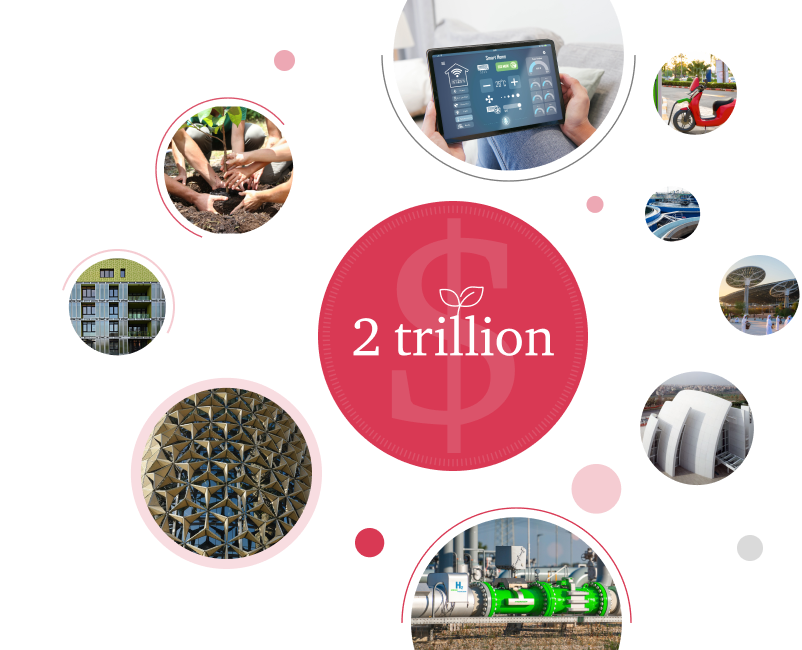

17 ways to make the built environment fit for the net-zero era
Development/urban planning
-
1
Rethink the density of developments for sustainability
-
2
Decentralize power generation
-
3
Build storage for dynamic energy management
-
4
Decentralize water generation
-
5
Decentralize wastewater treatment
-
6
Achieve circularity with waste-to-energy
-
7
Adopt nature-based solutions
-
8
Electrify micromobility
-
9
Build sustainable pathways
Asset/building
-
10
Rethink façades for energy saving
-
11
Give roofs a sustainability purpose
-
12
Rethink flooring for energy generation
-
13
Move to smart buildings with comfort-based systems
-
14
Eliminate embodied energy of HVAC systems
-
15
Electrify mechanical, electric and plumbing (MEP) systems
-
16
Deploy sustainable materials
-
17
Design for modular assembly or construction

We conclude with some actions that key stakeholders—whether regulators, developers, or sovereign wealth funds—would need to take to make this happen. The efforts would be considerable and concerted, but the outcome would easily be worthwhile in terms of achieving three key objectives: sustainability, quality of life, and localization.
Countries in the Middle East and North Africa (MENA) are in the midst of a massive construction boom, with whole new cities—not just new buildings —taking shape across the region.
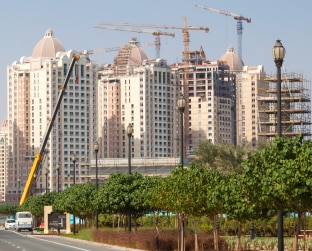
Across the MENA region, primarily in Gulf Cooperation Council (GCC) countries, plans are coming together to invest US$2 trillion in construction projects by 2035.
At a time when governments across the Middle East have made ambitious commitments to reduce emissions and develop more sustainable sources of energy, the construction boom thus offers an extraordinary opportunity for the region to become a pioneer in the development and use of sustainable technologies and techniques for the built environment.
Driving innovation in this space could significantly contribute to the region’s efforts to reach net-zero emissions of greenhouse gases (GHGs): We estimate that the reduction in life-cycle emissions for urban development could contribute more than half of the total emissions reduction efforts required.
Download the reportSustainable technologies for the built environment could reduce life-cycle emissions by more than 50%

*Solar, wind or hybrid farms owned by developers and directly serving the development
Source: Strategy& analysis, Dar Al-Handasah Consultants (Shair and partners)
The opportunity is very real; however, seizing it will require dedication and focus across a number of dimensions, including regulation that stimulates demand for the innovations that enable a sustainable built environment, technology investments (potentially through a dedicated fund), and upgrading local capabilities in research and development and workforce skills.
This report takes a closer look at the region’s $2 trillion opportunity to become a global leader in the built environment space. We detail 17 ways in which techniques and approaches to the built environment would need to change, covering more than 50 innovations and technologies. The starting point is a fundamental shift in thinking, an acceptance that traditional techniques need to be updated for the net-zero era.
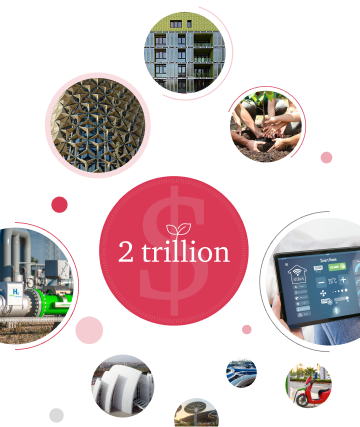
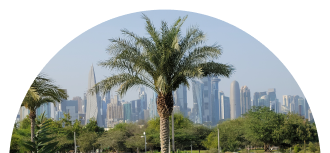
17 ways to make the built environment fit for the net-zero era
Development/urban planning
-
1
Rethink the density of developments for sustainability
-
2
Decentralize power generation
-
3
Build storage for dynamic energy management
-
4
Decentralize water generation
-
5
Decentralize wastewater treatment
-
6
Achieve circularity with waste-to-energy
-
7
Adopt nature-based solutions
-
8
Electrify micromobility
-
9
Build sustainable pathways
Asset/building
-
10
Rethink façades for energy saving
-
11
Give roofs a sustainability purpose
-
12
Rethink flooring for energy generation
-
13
Move to smart buildings with comfort-based systems
-
14
Eliminate embodied energy of HVAC systems
-
15
Electrify mechanical, electric and plumbing (MEP) systems
-
16
Deploy sustainable materials
-
17
Design for modular assembly or construction

We conclude with some actions that key stakeholders—whether regulators, developers, or sovereign wealth funds—would need to take to make this happen. The efforts would be considerable and concerted, but the outcome would easily be worthwhile in terms of achieving three key objectives: sustainability, quality of life, and localization.

Contact us














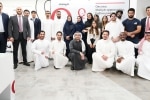




Menu